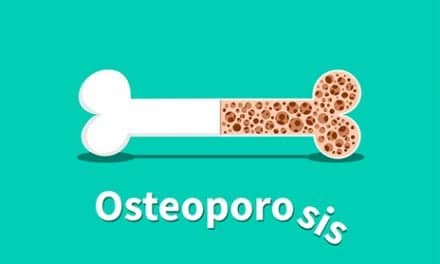A study published recently in the American Journal of Medicine looks at the ways primary care physicians (PCPs) or physical therapists can act as a catalyst to encourage their patients to get more exercise.
“PCPs face many barriers to counseling their patients on physical activity. However, they are in a unique position to provide physical activity counseling because of their ability to reach a large segment of the overall population, their role as a trusted source of health information, and the range of other health professionals available within clinics,” states the study’s lead author, Mona AuYoung, PhD, MS, MPH,
Veterans Affairs (VA) Health Services Research & Development (HSR&D) Advanced Postdoctoral Research Fellow, in a media release from Elsevier Health Sciences.
These barriers, according to the release, include lack of sufficient time with patients, lack of provider skill, lack of proper reimbursement, inability to reach at-risk patients, not requiring routine activity screenings, and barriers on the patient end.
In the study, AuYoung and other scientists on her team explore ways that PCPs may overcome the barriers and better serve their patients’ health.
One way is a physical activity screening, which AuYoung notes, can be especially beneficial to providers who may not otherwise be comfortable initiating this conversation with the patient.
Following the screening, PCP’s can offer their patients a “prescription” for physical activity, centered on advice for how the patients can affect positive lifestyle modifications and help them to address their specific barriers to exercise.
In addition, the authors share that utilizing additional primary care office resources is an efficient way to provide targeted care without the need for additional time with the physician.
“PCPs may work in tandem with other primary care team members so that the nurse practitioner may administer the routine physical activity screening, the PCP may write the prescription to exercise, the exercise physiologist or trainer may create an individualized exercise plan, and the behavioral counselor may follow-up with the patient and refer him/her to local physical activity resources, depending on patient readiness to exercise and preferred forms of physical activity,” AuYoung adds in the release.
Other resources the PCP can offer to patients is the use of wearable technology, such as a fitness tracker, pedometer, or exercise app; or additional information about community resources or workplace modifications.
“The PCP plays a central role in this multilevel approach to physical activity counseling, from helping patients to understand the importance of physical activity to connecting them with various resources for physical activity,” AuYoung concludes.
[Source(s): Elsevier Health Sciences, Science Daily]





